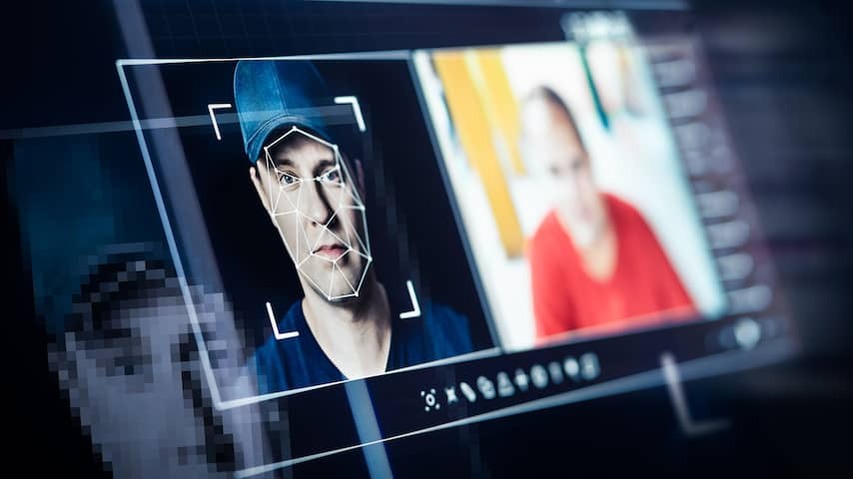
Researchers at the University of Amsterdam have developed a new technique that helps to identify so-called deepfake videos. It looks at the veins and color differences on a person’s face, characteristics that are missing in fake videos.
The researchers focused on the expansion and contraction of veins in the face when viewing videos. This causes a subtle but measurable color difference.
In deepfakes, this changing blood flow is missing. Especially the veins around the eyes, forehead, and jaw are suitable for measurement because the blood vessels are close to the skin there.
The technique can only be put into practice once the research has been published scientifically, says Zeno Geradts, who will present the results in May at a conference in Dublin. But according to the forensic digital investigator and professor at the UvA, it is only a matter of time before the technique is applied.
“We will have to continue to do research and discover new methods to stay ahead of criminals,” says Geradts. “It remains a cat and mouse game.”
Deepfake videos are appearing more and more often. In such a video, you can, for example, have someone say something that they never actually said. The videos are increasingly difficult to distinguish from real ones.